We all know the importance of brushing our own teeth to maintain good oral health, but when it comes to our dogs, dental hygiene is often an afterthought. However, just like humans, dogs can face a variety of dental problems if their teeth aren’t properly cared for. In fact, poor dental health can lead to serious issues like gum disease, tooth loss, and even affect your dog’s overall well-being. Starting a regular brushing routine as early as possible can help prevent these problems from developing, ensuring your furry friend has a bright, healthy smile for years to come. Plus, it’s a simple way to show your dog extra love and care!
Why is Brushing Your Dog’s Teeth Important?
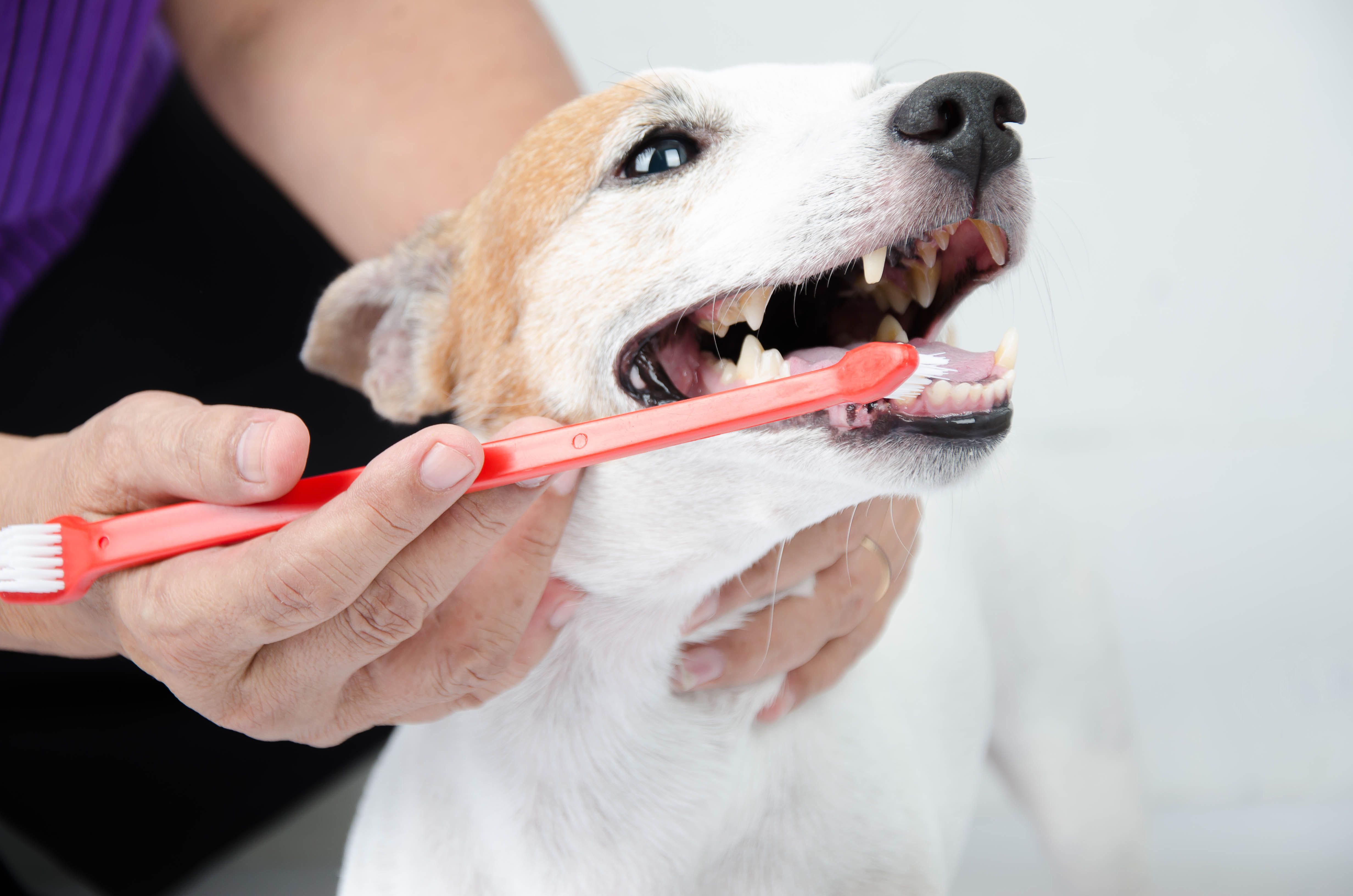
Hand brushing dog’s tooth for dental care.
You may be wondering, is brushing a dog’s teeth really important? After all, no one is brushing a wild dog’s teeth.
As we learn more about how to care for our pets, we empower ourselves to give them happier, healthier, and longer lives. For example, we use vaccines and heartworm preventatives to prevent health problems they were once at risk of suffering. It’s also important to recognize that a dog’s life in our home is different than it would have been in the wild. We trim our dog’s nails because their domestic lifestyle doesn’t wear them down the way they would in the wild.
According to the American Veterinary Dental Society, most dogs will experience at least the early signs of dental disease or problems by age 3. If you have ever suffered from a toothache, you know that this can be painful and uncomfortable even in its early stages!
The advisable age to start brushing your dog’s teeth is between 8 and 12 weeks old. At this young age, it’s easier to introduce them to the process and avoid any fear or anxiety related to the toothbrush.
Choosing the Right Toothpaste and Toothbrush
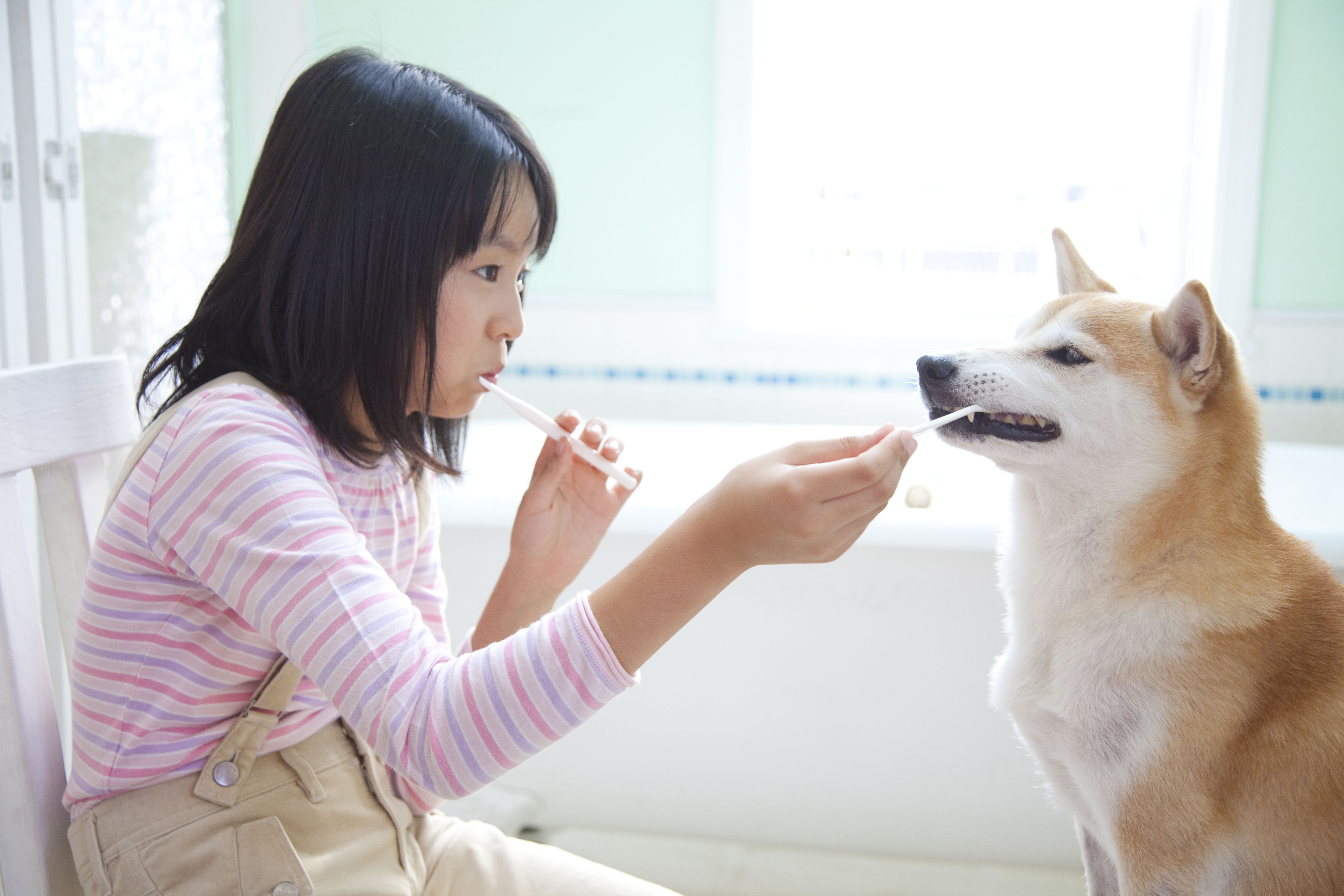
Girl brushing her teeth with her Shiba Inu.
Dog toothbrushes come in different sizes and variations, just like human toothbrushes. However, they are smaller than human ones and have much softer bristles. Selecting the right toothbrush is crucial when trying to make cleaning as easy and comfortable as possible for your dog.
There are different styles of toothbrushes to consider, depending on your dog’s size and comfort level. Multiple head toothbrushes make it easier to reach all angles of your dog’s teeth by brushing the front and back at the same time. Angled toothbrushes are designed to make reaching areas at the back of the mouth easier. However, these brushes may be too large if you have an extra-small dog.
You can also opt for a finger toothbrush, a small silicone brush you wear on your finger for a more hands-on approach. This can make it easier to get to those hard-to-reach sections. A finger toothbrush may be less intimidating if your dog is nervous about the full toothbrush.
In some cases where you cannot access a dog toothbrush, a child’s toothbrush will do. If this is not available, then grab a soft cloth or a clean and soft gauze.
How to Brush Your Dog’s Teeth
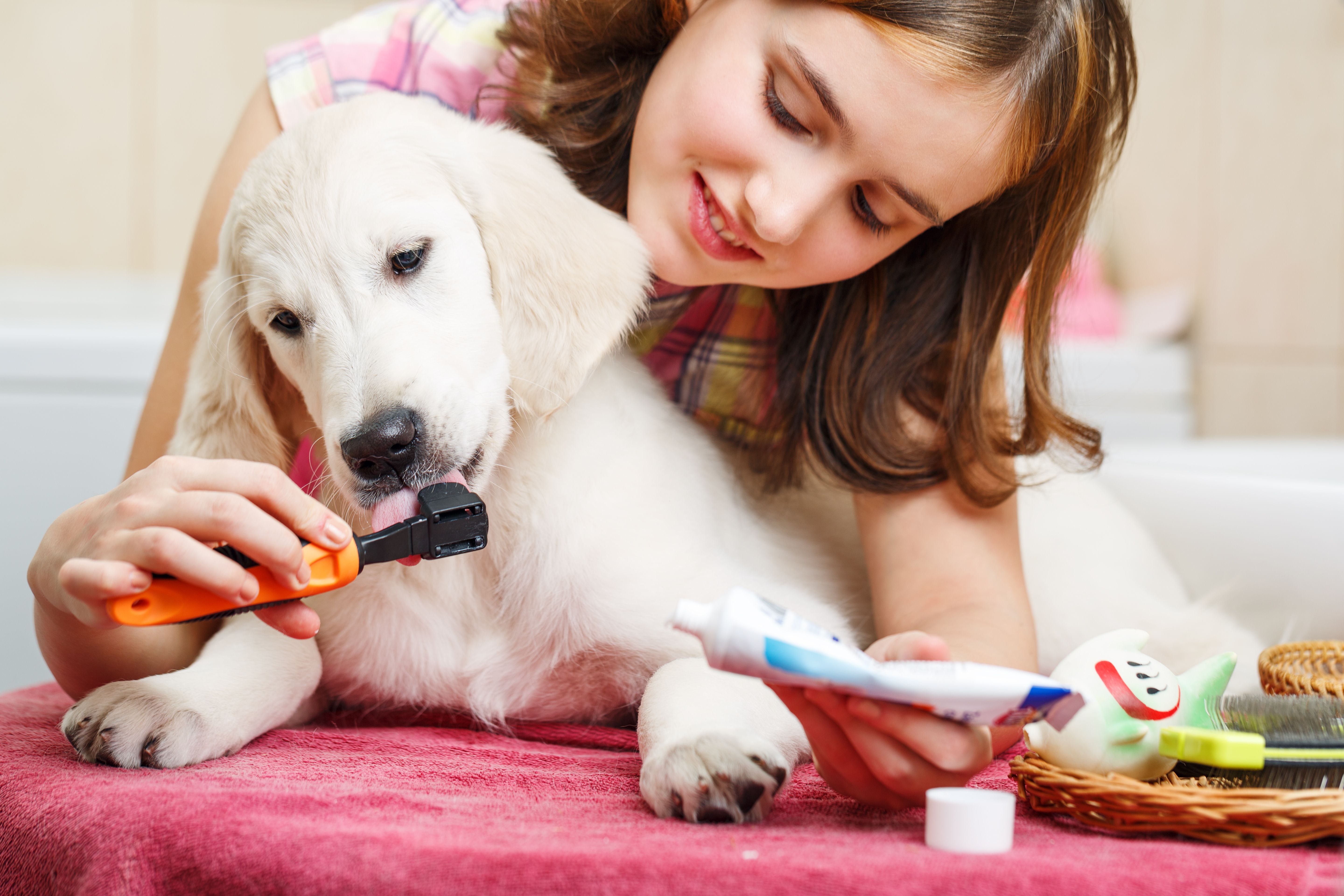
Girl owner is cleaning teeth of retriever puppy.
If this is your first time brushing your dog’s teeth, don’t jump right in and shove a toothbrush in your dog’s mouth. Not only can this create long-term fear and anxiety associated with the toothbrush, but it can also create a potential bite situation. For this reason, you need to introduce the toothbrush slowly.
First, you want to ensure your dog is comfortable with having their muzzle being handled. Gently touch or lift their lips, starting small and working up to the point of lifting their lip and seeing the teeth clearly. While handling their mouth, keep offering treats to create a positive association. Introduce the concept of brushing by holding the lip up and rubbing your finger lightly on the teeth.
Next, introduce the taste of the toothpaste by letting your dog lick the paste off your finger. Most dogs will readily do this because dog toothpaste products come in flavors designed with dogs in mind. If the first flavor you try doesn’t sit well with your dog, try another one. When they happily take the toothpaste from your finger, introduce the toothbrush by letting them lick the paste off it.
Finally, combine the two by actively brushing your dog’s teeth. Lift the lips gently and brush with the toothbrush’s bristles, pointing at a 45-degree angle to the gums with light pressure. Brush for 30-45 seconds on either side of the mouth, focusing on the outer parts of the teeth, taking frequent breaks as needed. When you’re finished, the toothpaste does not need to be rinsed.
Additional Tips for Brushing Your Dog’s Teeth
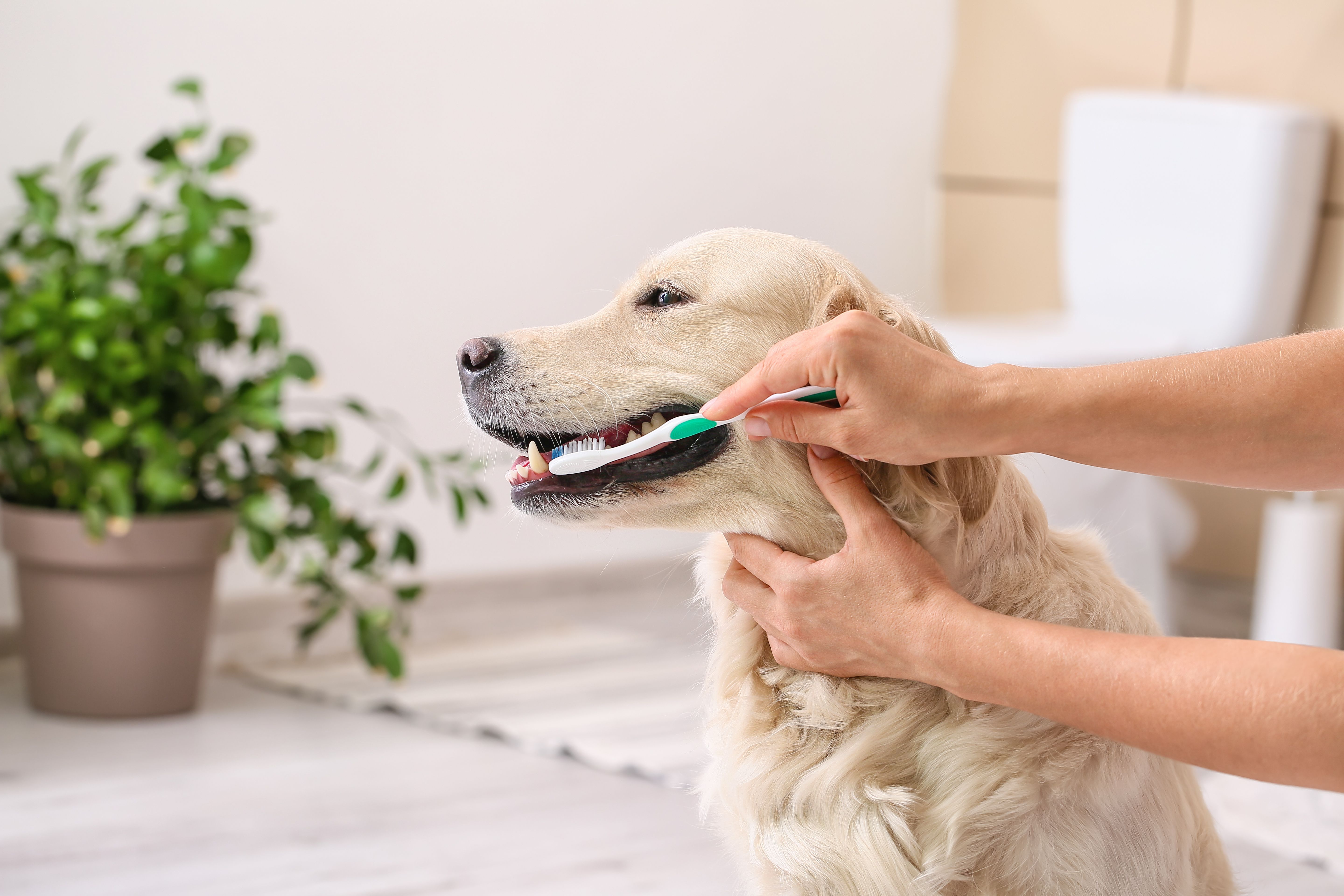
Owner brushing teeth of cute dog at home.
Slowly introducing the toothbrush and toothpaste is the first step to success. However, there are other things you can do to make the process go as smoothly and trouble-free as possible. First, do it after your dog is tired. Try brushing your dog’s teeth after they have exercised or played for a long period of time. Don’t hesitate to step back and try again later if you notice any signs of resistance, frustration, or aggression.
What if My Dog Is Afraid of Toothbrushes?
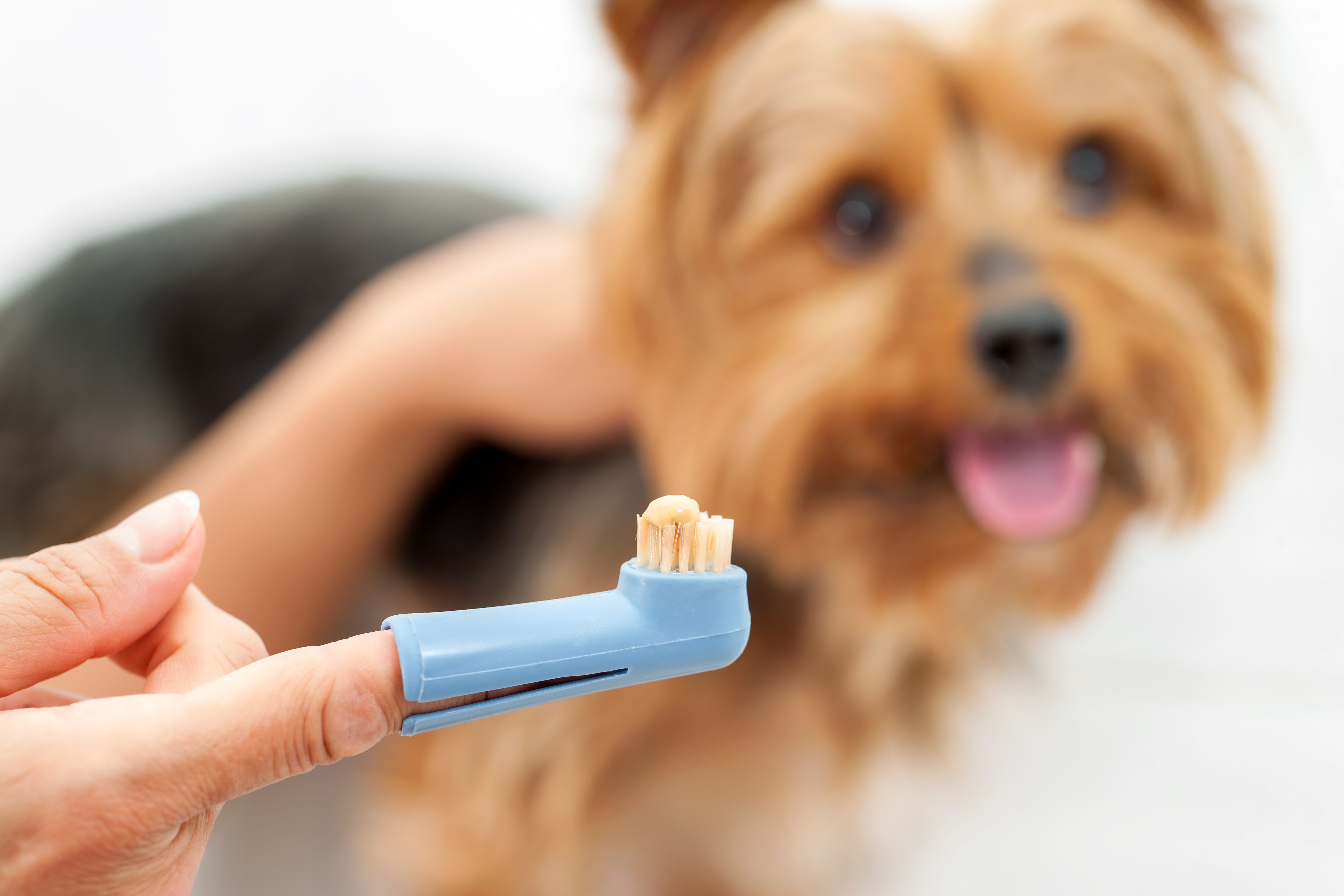
Hand holding toothbrush with toothpaste and yorkshire dog.
If you have tried introducing the toothbrush slowly and your dog is not having it, there are other products you can use to improve their dental health. Dental wipes are small pieces of cloth you can slip onto your finger and wipe across their teeth, similar to a toothbrush. If your dog isn’t comfortable having their mouth handled, there are products you can add to their water or sprinkle on their food that will work to soften plaque and tartar.
In addition to those options, consider giving your dog dental chews or toys. As your dog happily chews, the plaque and tartar will be scraped away. These aren’t an alternative to properly cleaning your dog’s teeth; they aren’t as effective. But they are a great additional step to take.
Aside from the cleaning you do yourself at home, regardless of which products you are using, it is advisable for you to make sure that a professional checks your dog’s teeth at least once a year. This will allow your veterinarian to check for any signs of trouble, identify and address problems early, and prevent serious teeth conditions that can cause organ failure and other life-threatening complications.

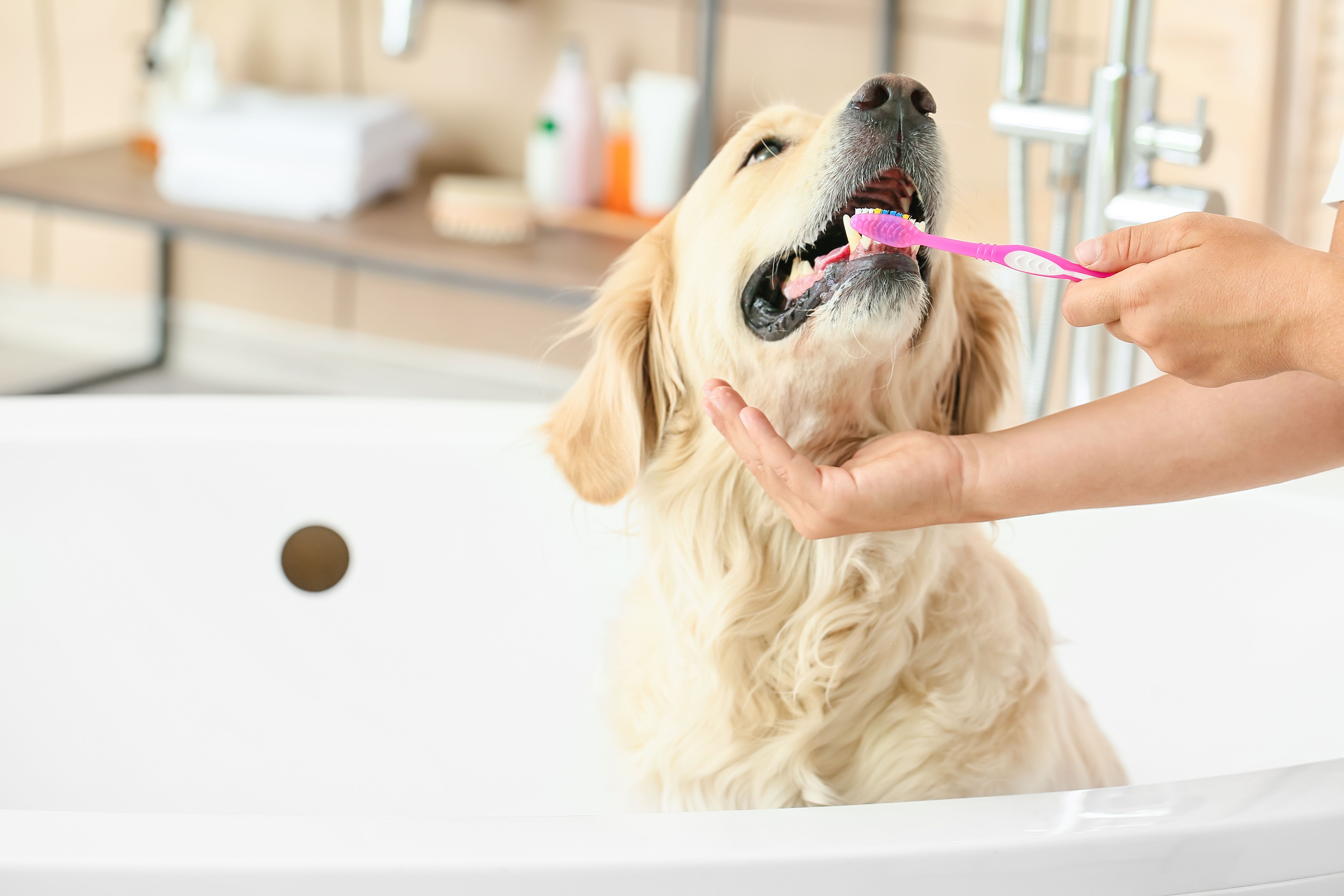
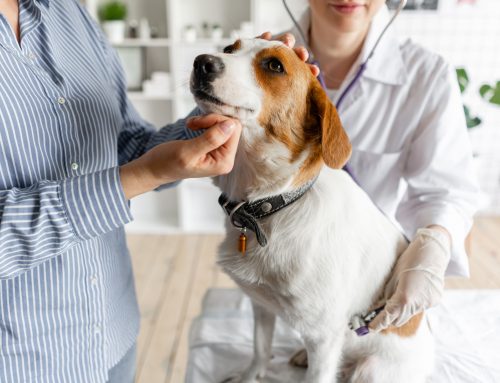
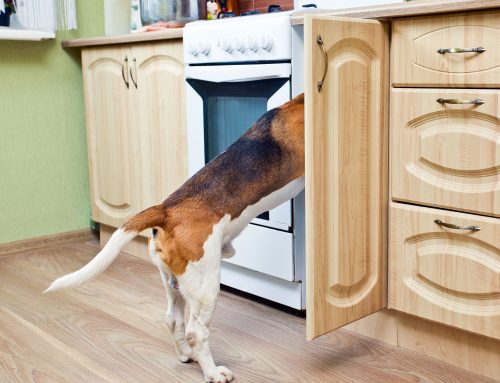
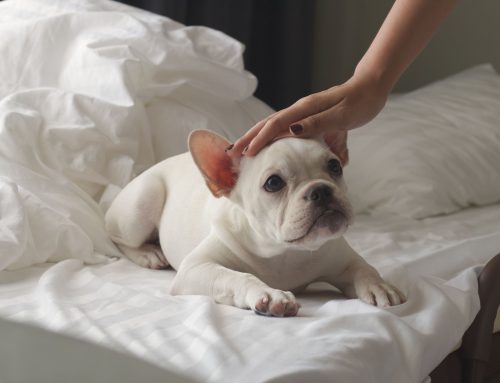
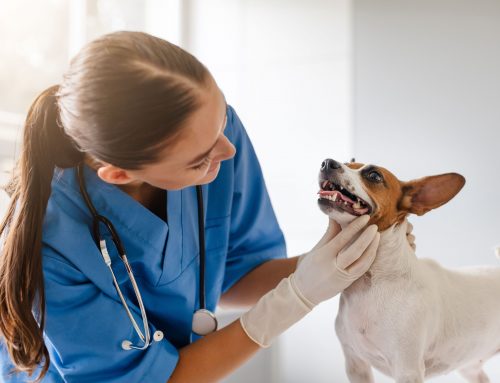
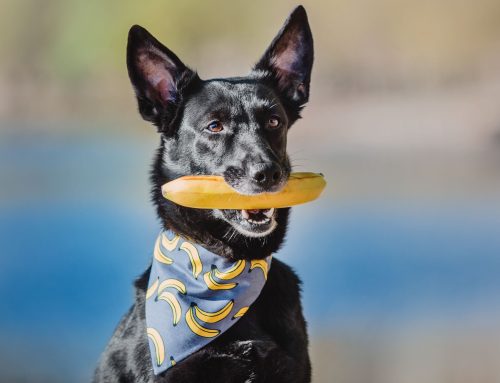
Your blog post was the perfect blend of informative and entertaining. I couldn’t tear my eyes away from the screen!
Your blog post was exactly what I needed to hear today. Thank you for the gentle reminder to practice self-care.